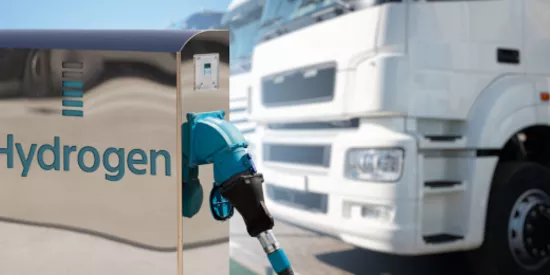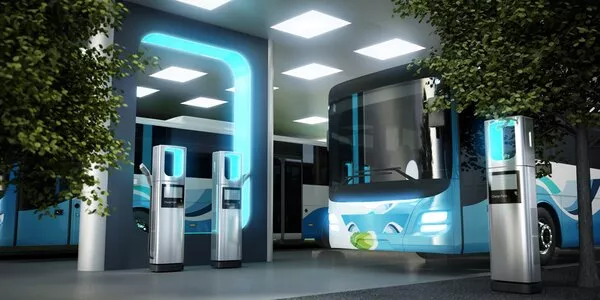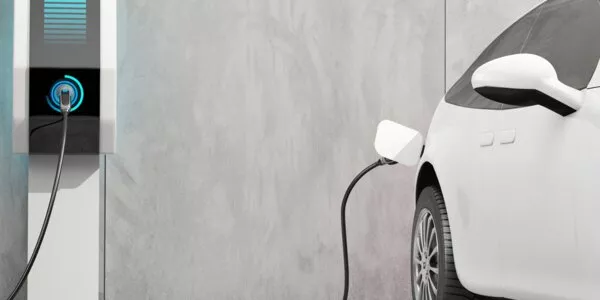
Helping to make data centers more climate friendly
Big builders of data centers are responding to climate change by both decarbonizing with new and upgraded facilities, and ensuring power is used as efficiently as possible. Some new data center facilities rely almost entirely on renewable energy. Designs for new data centers seek to achieve Power Utilization Efficiency (“PUE”) better (lower) than industry averages. Harnessing the exploding appetite for sustainable investments with environmentally responsible financing solutions is, in part, making this possible.
The trend to decarbonize digital infrastructure in North America – and the gusher of investor money flowing to it – has been given a big push by governments’ lofty goals to cut carbon emissions. In the US, for example, the Biden administration said in 2021 that the US will aim to cut its greenhouse (GHG) emissions in half by 2030 using 2005 levels as a benchmark. Similarly, Canada has committed to cut its GHG by 40‑45 percent below 2005 levels by 2030.
Cutting GHG is particularly pertinent to the digital infrastructure industry. The digital sector generates approximately 3.5% of global GHG emissions and some estimates predict the sector’s emissions could grow by more than 60% by 2025, if no measures are implemented. In other terms, by 2025 the emissions of the digital sector could represent up to 3.1 gigatons of CO2 and reach 7% of global emissions if no measures are implemented. 25% of digital sector emissions can be linked to digital infrastructure which encompasses data centers, 4/5G networks and telecom towers.
So, devising sustainable financing options to encourage data center decarbonization projects and to encourage efficiently designed data center projects is critical.
One example of such a financing is the $CAD900 million Vantage Data Centers raised to significantly increase their data center capacity in Quebec, Canada.
Societe Generale partially funded the project with a USD $68 million sustainability-linked financing option for the expansion of the company’s Quebec City data center campus, QC2.
A portion of the campus was approved for a “green loan,” a first for the company, by meeting specific requirements, including the use of nearly 100% renewable energy, the low amount of anticipated carbon emissions, water conservation, an industry-leading design Power Usage Effectiveness (PUE) and an energy management plan to ensure high operational performance.
With this financing, Vantage is likely the first data center operator in North America to issue a Project Specific Green Loan that is based on the Use of Proceeds.
Societe Generale teamed up with Vantage again in early 2022 for a green loan to finance the build-to-suit construction of another hyperscale data center in Northern Virginia based on design parameters that achieve designated PUE targets and other ESG criteria.
Societe Generale has also been the Green Loan coordinator and Lead Arranger on two other data center transactions in the Americas.
Vantage is a Colorado-based digital infrastructure company with data centers across North America, EMEA and APAC, and has pledged to reach net zero carbon emissions by 2030. The commitment to ESG standards around building sustainable data centers by companies like Vantage bodes well not only for Vantage but for the entire digital infrastructure sector decarbonizing.
The data center industry has become an exemplar for using renewable energy at scale, by sourcing solar, wind, and in the case of Vantage’s Quebec City campus, hydro to power their data centers. And sustainable finance is bringing real accountability to how companies fund their operations.
2030 is fast approaching, but with the right commitments and the appropriate financing means to reach them, 2030 may be a time for optimism rather than despair.




